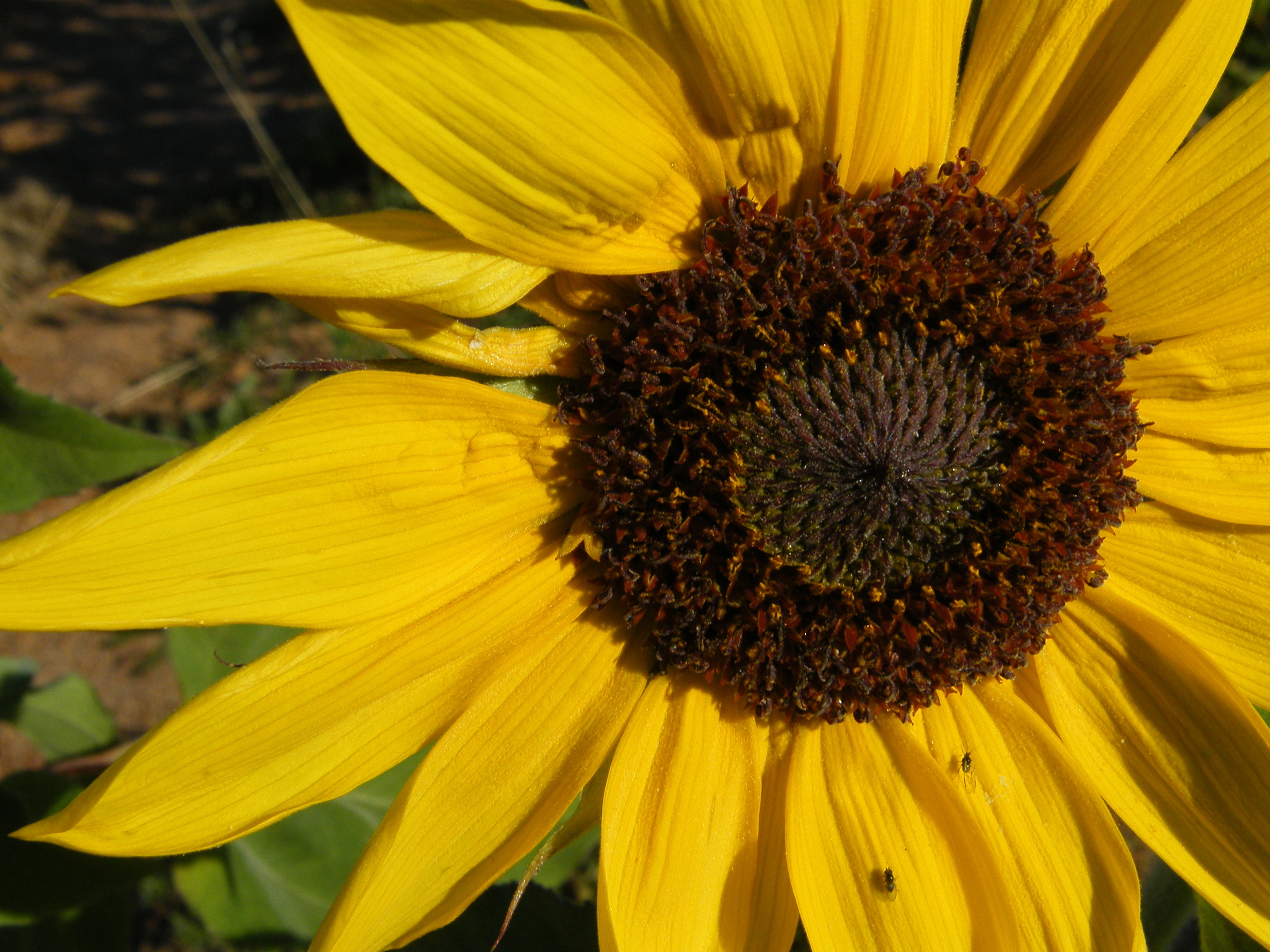
Greek helios — sun, anthos — flower, as the capitula turn to face the sun.
Annual or perennial herbs, glabrous to hairy. Stems erect or ascending. Leaves along stems, opposite, often alternate above, margins entire or toothed, petiolate. Capitula radiate, terminal, usually solitary, sometimes in loose cymes, long-stalked. Involucral bracts in 2-4 rows, overlapping, subequal. Receptacle with scales, flat to convex. Ray florets female, ligulate, yellow. Disk florets bisexual, tubular, yellow or purplish. Achenes obovate, compressed. Pappus of 2 or more short deciduous bristles or scales or absent.
Three species have become naturalised in Australia. Two species are widely cultivated as ornamentals as well as for the oil extracted from the achenes or for the edible tubers. H. ciliaris DC. (Blue Weed) from N and C America is a creeping glabrous perennial herb to 50 cm tall with narrow leaves, smallish capitula (to 2.5 cm across) and yellow ligules.
Large, showy, usually solitary capitula that face the sun.
About 51 species from the New World, mostly N America.
Source: (2002). Dahlia. In: . Horticultural Flora of South-eastern Australia. Volume 4. Flowering plants. Dicotyledons. Part 3. The identification of garden and cultivated plants. University of New South Wales Press.
